by Anagha Gore
Desertification and Land Degradation Scenario of India
India is the second largest producer of rice, wheat, sugarcane, groundnut, vegetables, fruit, and cotton and the largest producer of milk, pulses, and jute in the world. As an agrarian country, 70% of India’s rural population depends on agriculture as their source of livelihood (FAO). However, the country is afflicted by a crisis of desertification and land degradation (DLD), two issues directly impacting the nation’s food security. Drought, both a cause and an effect of DLD, is experienced by over 20% of India to some degree, according to the Drought Early Warning System (DEWS), a real-time drought-monitoring platform (DEWS, 2022). With a population of about 1.4 billion today, India is slated to take over China’s human capital with an estimated 17% increase by 2030 (UN, 2015). And as of 2022, India ranked 107 out of 121 nations on the Global Hunger Index (Global Hunger Index, 2022), slipping down six places since 2021 from 101 and 13 places since 2020 from a rank of 94. Agricultural production in India is characterized by regional, seasonal and cash crops, resource intensive methods, and is primarily rainfed – factors inconducive to a stable and reliable food supply.
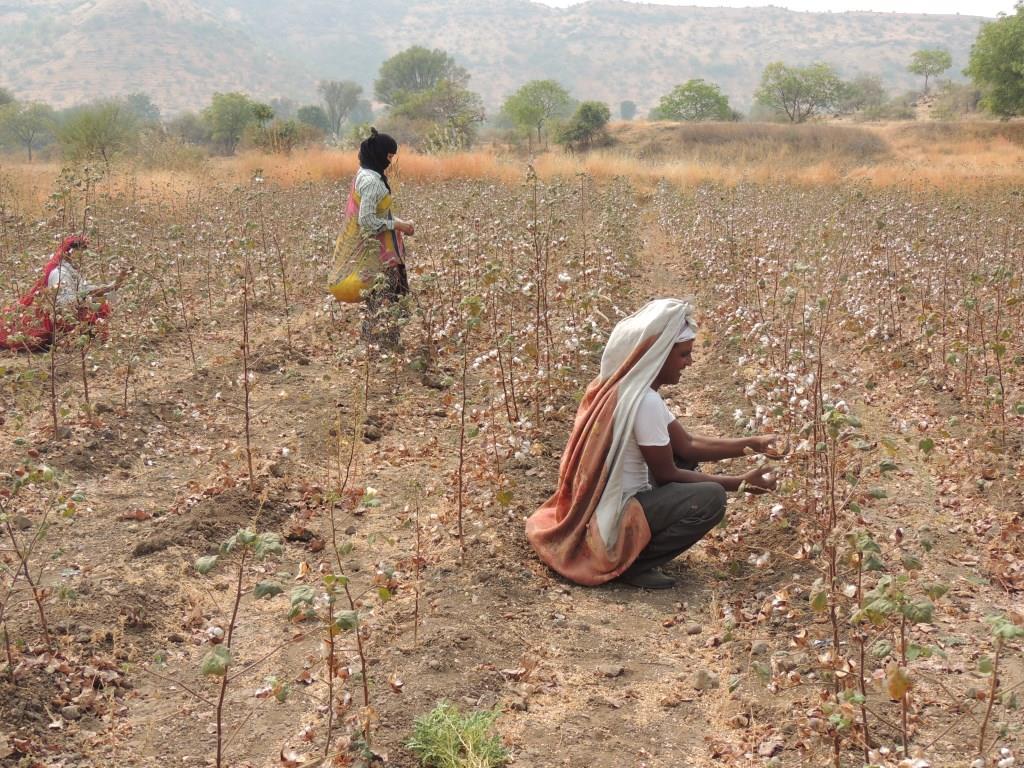
The Numbers and Drivers
The statistical summary and analysis conducted by the Desertification and Land Degradation Atlas of India published June 2021 by the Space Applications Center (SAC) says that about 97.85 million ha or 29.77% of the Total Geographic Area (TGA) of the country was undergoing land degradation during 2018 to 2019. This is a cumulative increase of 1.45 million ha of land undergoing DLD between the period of 2011-13 to 2018-19 (Space Applications Center, 2021).
The SAC lists a multitude of factors that drive DLD: salinity, frost heaving and shattering, vegetation degradation due to deforestation or overgrazing, water logging, water erosion, and wind erosion, including anthropogenic drivers such as mining, brick kiln, industrial effluent release, and urban agglomeration among others. The most significant driver of DLD in the country is water erosion (11.01%), followed by vegetation degradation (9.15%) and wind erosion (5.46%) (Space Applications Center, 2021). However, other socio-environmental factors such as a high population, intensive agriculture methods, depletion of ground water levels, climate-induced uncertainty of rainfall, and extreme weather events are also significant contributors to DLD.
Unsustainable Systems
Punjab, known as the food bowl of India since the time of the Green Revolution. It is currently experiencing considerable agricultural challenges due to DLD as evidenced by sharply depleting groundwater levels (Hindustan Times, 2022), zero budget allocations for water intensive paddy alternatives (The Indian Express, 2022), and its Finance Minister’s staunch refusal to share its waters with Haryana (The Tribune, 2022). In Central Punjab, 109 out of 138 blocks have turned into dark zones (i.e., areas as declared by the State or Central Governments where groundwater levels are lower than average). “On the one hand, we say that Punjab is heading towards desertification in the next two decades while on the other, we are expected to give more water to a non-riparian state. How can this be done?” said FM Harpal Cheema (The Tribune, 2022). And yet, only 10% of Punjab’s area is undergoing DLD similar to the states of Kerala, Assam, Mizoram, Haryana, Bihar, Uttar Pradesh, Punjab and Arunachal Pradesh. In comparison, over 50% of the land area of states such as Jharkhand, Rajasthan, Delhi, Gujarat and Goa are experiencing DLD (Space Applications Center, 2021).
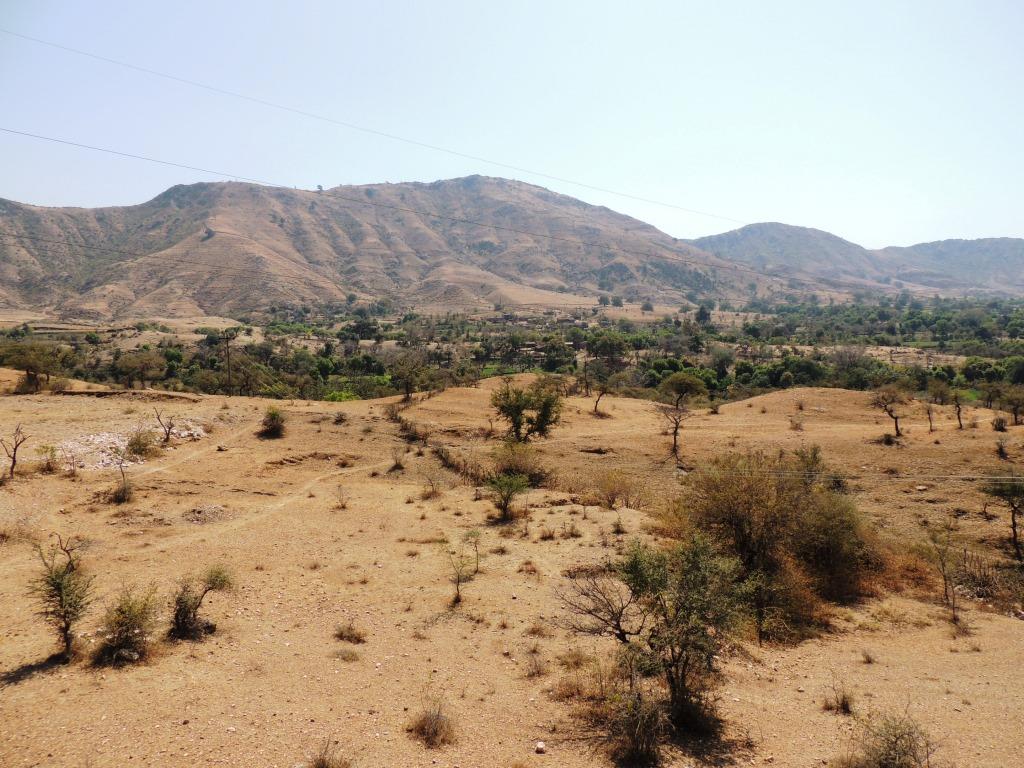
Punjab is just one example of the grave condition of the land in our country, despite experiencing DLD only at moderate levels. Its issues arise from a complex combination of water intensive, large-scale, monocrop agriculture with a lack of fiscal support, crop or farming method alternatives, incentives, and responsible resource management steadily fueling such degradation. Thus, the state of Punjab’s land is a wicked problem with facets as well as factors that are policy-based, social, environmental, economic, managerial, and geopolitical. Addressing complex issues such as this requires a systems perspective to evaluate all aspects for designing solutions as they are often not the result of a single, root cause.
The Solution
The FAO uses a food systems lens to analyze the DLD problem and addresses it by charting out a multimodal solutions framework with the recommendation that regions adapt it to their local contexts. The FAO developed the 10 Elements of Agroecology framework for the purpose of an agricultural system redesign: synergies, human and social values, diversity, co-creation and sharing of knowledge, efficiency, recycling, resilience, culture and food traditions, responsible governance, circular and solidarity economy. It thus aims to tackle issues of food insecurity, malnutrition, ecosystem loss, and unsustainable agriculture and development among others through a systems approach. A starting point would be to weigh current agricultural practices against these principles of agroecology and only implementing those that pass such an evaluation (FAO, 2019).

Albeit not a silver bullet solution, water resource management has the potential to be an indomitable opponent to the multifaceted problem that is DLD. Several best practices recommendations by the United Nations Convention to Combat Desertification (UNCCD) such as precision agriculture, managed aquifer recharge, protection of wetlands, watershed conservation, afforestation, rangeland rehabilitation through reseeding, flood prevention and management all revolve around judicial use of water, conserving and harvesting water, or improving precipitation (UNCCD, 2022). These practices also have the co-benefit of soil conservation, another important pathway to DLD prevention and yet another crucial resource that is steadily vanishing due to DLD.
India is a signatory to the UNCCD and has set a Land Degradation Neutrality (LDN) target to be achieved by 2030 (UNCCD, 2018). However, India’s LDN commitment stands at restoring only 26 million hectares out of the degraded 97.85 million ha (The Hindu, 2021). Whether this goal is sufficient to support India’s parallel climate targets and the burgeoning population is yet to be seen. Until then, rural India’s way forward is through integrated, sustainable land and watershed management.

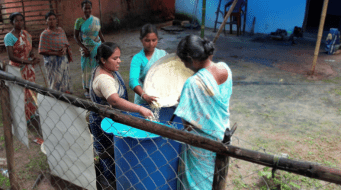
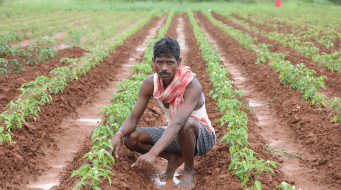
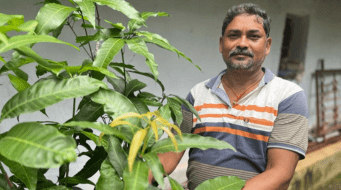


1 thought on “Combating Desertification and Land Degradation – The Key to a Thriving Rural India”
THE IMARA CBO ACTIVITIES ARE ADAPTATION AND MITIGATION AND RESTORATION, PREVENTIONAND CONSERVATION OF BIODIVERSITY, AS THE LEAD PROJECT COORDINATOR I FEEL HAPPY TO NETWORK WITH DIVERSE ORGANIZATIONS WORLD WIDE AND I LOVE WOTR FOR THE GOOD INFORMATIVE TOPICS PARTAINING TO CLIMATE CHANGE.